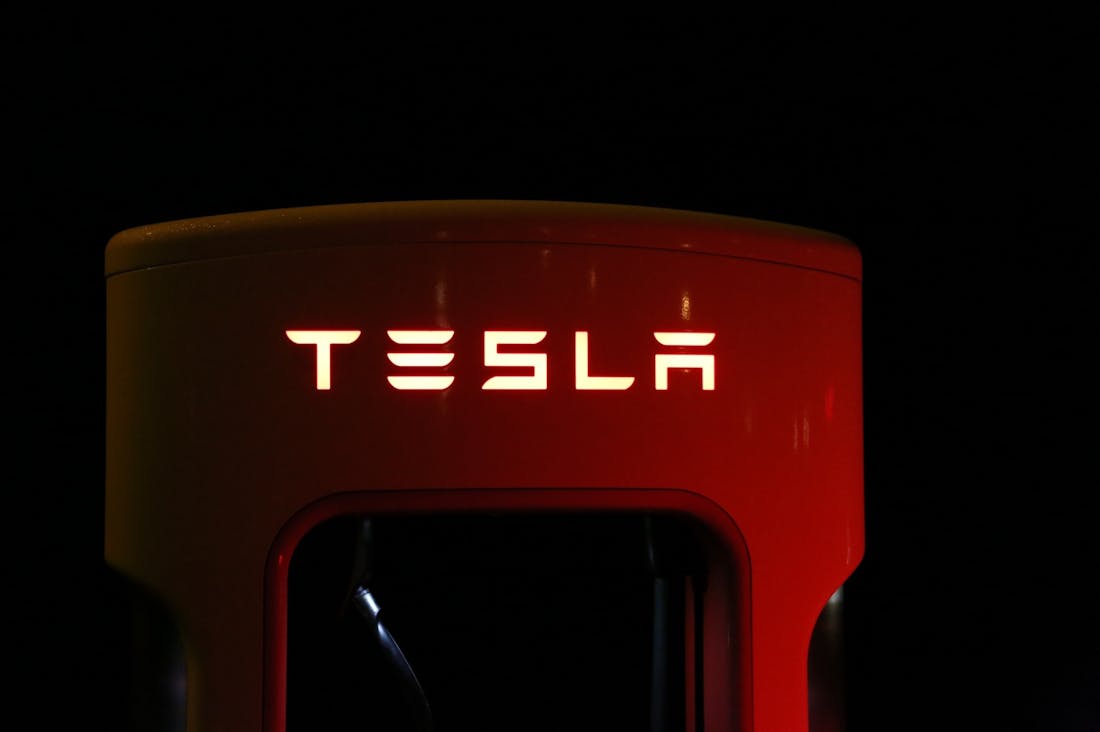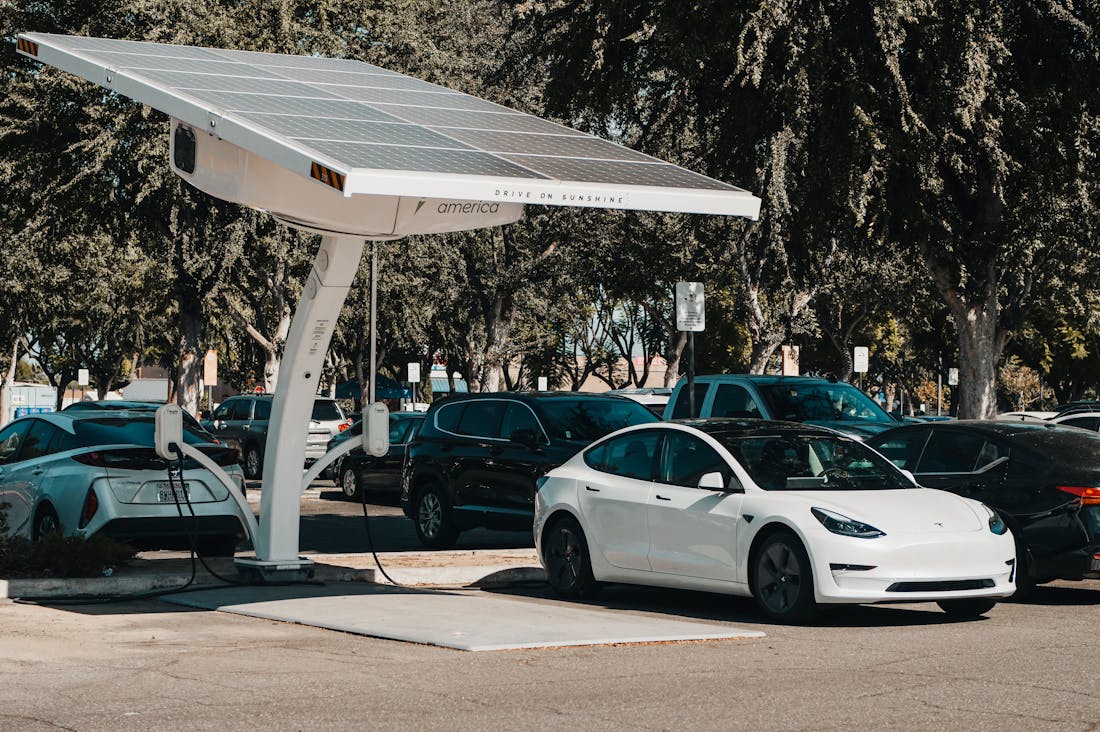In an era marked by unprecedented environmental challenges, The Auto Evolution delves into the pivotal role of electric vehicles (EVs) in driving us toward a sustainable future. As traditional fossil fuel consumption wanes, EVs represent not just a technological advancement, but a crucial component of our collective effort to combat climate change and reduce carbon footprints. This exploration examines the innovations, policies, and consumer shifts influencing the automotive landscape, highlighting how electric vehicles can transform not only our cities but also our global approach to sustainability. Join us on this journey through the intersection of technology, ecology, and social responsibility.

The Technology Behind Electric Vehicles
Electric vehicles (EVs) represent a significant leap forward in automotive technology, powered predominantly by electric motors rather than internal combustion engines. Central to EVs is the lithium-ion battery, which stores energy and enables the car to operate efficiently. These batteries have improved drastically in capacity, longevity, and charging speed, allowing for longer ranges and reduced downtime. Regenerative braking—a technology that converts kinetic energy back into stored energy—further enhances efficiency. Additionally, advancements in power electronics, such as inverters and controllers, optimize the electric motor's performance. The integration of sophisticated software and connectivity enables features like smart grid charging and over-the-air updates, ensuring that EVs remain at the forefront of innovation in sustainable transportation. Overall, the convergence of these technologies illustrates the transformative potential of electric mobility in addressing environmental concerns and enhancing energy efficiency.

Government Policies and Incentives for EV Adoption
Government policies and incentives play a crucial role in promoting the adoption of electric vehicles (EVs) as part of broader climate and energy objectives. Many governments offer financial incentives, such as tax credits, rebates, or grants for individuals and businesses that purchase or lease EVs, thereby reducing the upfront costs associated with these vehicles. Additionally, policies may include investment in charging infrastructure, such as public charging stations, to alleviate range anxiety among potential EV buyers. Some governments implement stricter emissions regulations, encouraging manufacturers to produce more sustainable vehicles. Furthermore, initiatives like preferential parking, access to carpool lanes, and lower registration fees enhance the appeal of EV ownership, making them a more attractive option for consumers. Collectively, these measures not only foster a shift towards cleaner transportation but also contribute to achieving greenhouse gas reduction targets and enhancing energy security.

The Future of Charging Infrastructure
The future of charging infrastructure is poised for significant transformation, driven by the rapid adoption of electric vehicles (EVs) and a global push for sustainable energy solutions. As more consumers shift towards electric mobility, the demand for accessible, efficient charging stations will intensify. Innovative technologies such as ultra-fast charging, wireless charging, and vehicle-to-grid systems will play pivotal roles in enhancing the user experience and integrating EVs into existing energy networks. Governments and private sectors are investing in expanding charging networks, ensuring that urban and rural areas alike are equipped with reliable options. Additionally, the integration of renewable energy sources, such as solar and wind, will further bolster the sustainability of charging stations, creating a cleaner and more resilient energy ecosystem. Smart charging solutions, equipped with real-time data analytics, will enable dynamic pricing and grid optimization, making EV ownership increasingly convenient and eco-friendly. Overall, the evolution of charging infrastructure promises to facilitate a seamless transition to electric mobility, supporting both environmental goals and energy independence.
AI-Assisted Content Disclaimer
This article was created with AI assistance and reviewed by a human for accuracy and clarity.